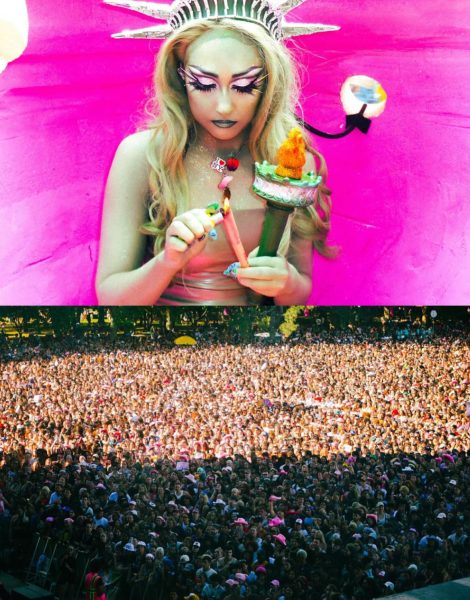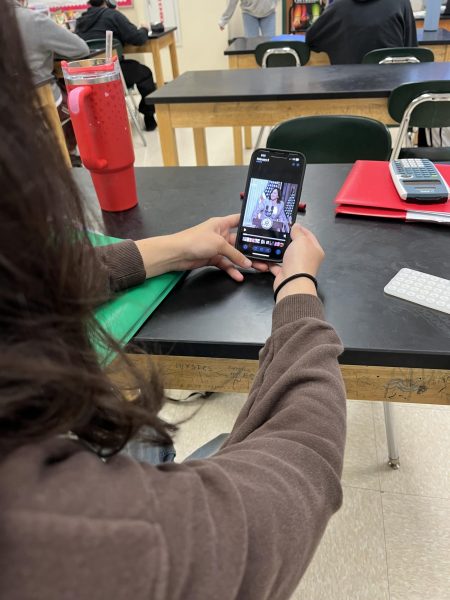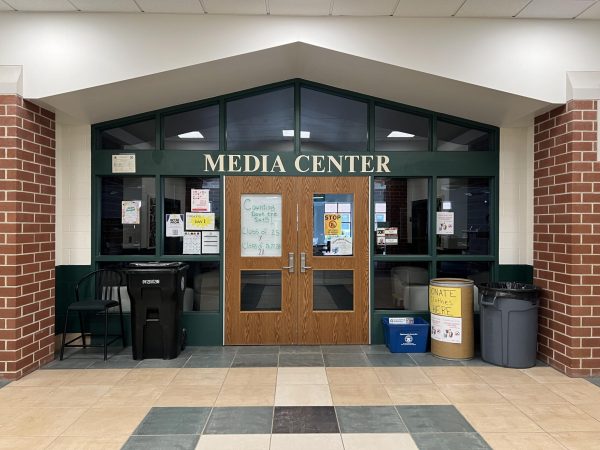A Closer Look, Vol. 3: The Dual Epiphanies

“Le Portrait” by Rene Magritte
A Black Swan Event is an unforeseeable significant episode that completely alters the surrounding reality. It’s the one percent chance of something happening that we were 99 percent sure was impossible. It can be historical, the 2008 recession for instance, or personal, a sudden death of a loved one. Either way, after a Black Swan, everything is permanently altered. Although the concept is more commonplace in finance (many are speculating if the Silicon Valley Bank crash is a Black Swan, it is not), the improbable and unknowable is fascinating across contexts. I began to see Black Swans in life and art. A Black Swan calls for a revision of routine, a moment where you ask, “What am I doing?”
Le Portrait by Rene Magritte depicts the occurrence and aftermath of a Black Swan, an unpredictable irreversible event. An epiphany is when an ordinary occurrence causes a fundamental shift in perspective; a Black Swan is extraordinary. Imagine going to the grocery store, buying Kraft Mac & Cheese and realizing life is just a never ending cycle of eating Mac & Cheese and buying Mac & Cheese; that’s an epiphany. Maybe instead you opt for the more classy option, Goya Sazón packets. The painting contains elements of epiphany and Black Swan, maximizing the overall tonal shift and provocation of wonderment.
The eye, in the center of the pancake, represents a sudden glimpse of clarity, something unpredictable. A fundamental truth staring straight at you, that was hidden until its sudden opening. When we get lost in a cyclic maze of waking up, eating, working, and sleeping, we rarely can see ourselves from the observer’s point of view. It’s like a prisoner who is ignorant of other prisoners and goes day to day in solitude, until suddenly they are moved to the guard’s deck and can see every other prisoner stumbling through time as they did, ignorant and numb. It’s unsettling. Once we see the eye, we are exposed to the fleshiness of the pancake, an eerie detail that wouldn’t be seen if not for the presence of the eye. This sudden discovery leads to a complete change in perception, representative of a Black Swan Event; once we see the macabre nature of the painting, it’s hard to unsee, and suddenly the entire painting is questionable.
After a Black Swan, we can speculate even more oddities of the painting, such as the odd arrangement of the table. The knife and fork are both on the right. Usually, they are on opposite sides for functionality, one hand for cutting, one for using the fork. The cup is also directly above the plate, something very odd because a person would have to reach directly over their food to drink. The setting of the table is suggestive that no one is supposed to eat the setting, because it would require rearranging the table. There is also an open bottle of wine, unorthodox for a breakfast setting, and again on the right side. Typically the right represents good morals, so by seeing the eye are we suddenly removed from orthodox setting to a better one? Does the eater of the setting only have dexterity on their right side? Is the unbalance suggestive of the aftermath of a Black Swan Event? I could get into theories about the setting of the table forever, but I think it’s less about theories and more about cognition. Seeing one Black Swan causes us to question the reality surrounding it, bringing into question things as innocent as cutlery.
Black Swan Events debilitate lives, and in an opposing purpose, create enormous opportunity. Opportunity to shift perspectives in a way not possible before. A new reason to live, and a new prerogative that gives meaning to the arbitrary nature of the unforeseeable. The painting is meant to be unsettling, even disturbing, and consequently expose truths and concepts that are habitually blind spotted in the cyclic thoughts of everyday life.









